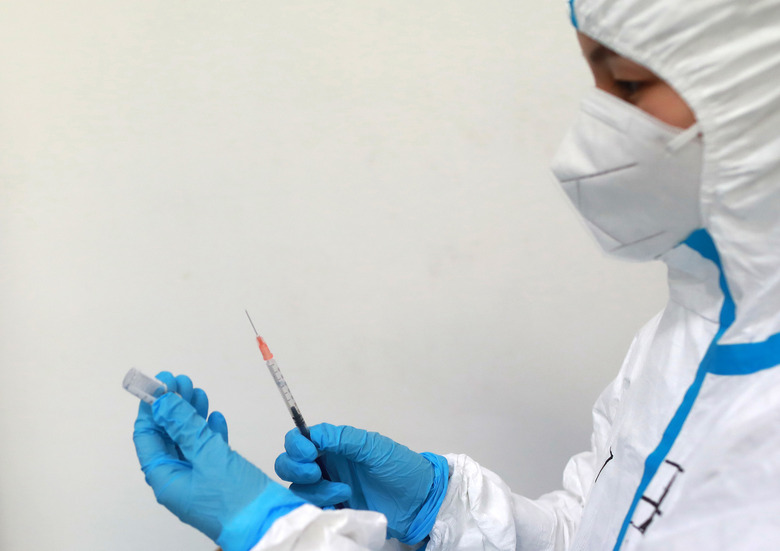Promising Coronavirus Drug Remdesivir Arrives In Hospitals This Week
- Clinical studies involving remdesivir as a treatment for the coronavirus has yielded encouraging results.
- Remdesivir was developed by Gilead as a drug to treat Ebola patients, but the FDA approved it as a coronavirus treatment late last week.
- Gilead CEO Daniel O'Day said that remdesivir will be used on coronavirus patients starting next week. O'Day also said that Gilead will be giving away its entire supply of Remdesivir.
- Visit BGR's homepage for more stories.
A few weeks ago, a research study in the New England Journal of Medicine revealed that a good percentage of coronavirus patients exhibited signs of improvement when treated with Remdesivir, a drug that was previously developed by Gilead to help treat Ebola patients.
Now comes word from Gilead CEO Daniel O'Day that remdesivir will be rolled out on a larger scale to coronavirus patients in areas that have been hit particularly hard by the virus.
Appearing on CBS' Face The Nation earlier today, O'Day said that Gilead is planning to get remdesivir "to patients in the early part of this week" and that the company has been coordinating with the government in order to "determine which cities are most vulnerable and where the patients are that need this medicine."
What's more, O'Day said that Gilead will be donating its entire supply of the drug to help with coronavirus treatment efforts.
"We've donated the entire supply that we have within our supply chain and we did that because we acknowledge and recognize the human suffering, the human need here, and want to make sure nothing gets in the way of this getting to patients," O'Day added.
While it remains to be seen how effective remdesivir is on a large scale, early clinical trials yielded some encouraging results. The first test involved 53 patients who were suffering from severe coronavirus symptoms. After one week of treatment, 36 of the 53 patients showed distinct signs of clinical improvement. And while 12 patients encountered severe issues while on the drug, it wasn't clear if that was related to the drug or underlying medical issues.
During a median follow-up of 18 days, 36 patients (68%) had an improvement in oxygen-support class, including 17 of 30 patients (57%) receiving mechanical ventilation who were extubated. A total of 25 patients (47%) were discharged, and 7 patients (13%) died; mortality was 18% (6 of 34) among patients receiving invasive ventilation and 5% (1 of 19) among those not receiving invasive ventilation.
A subsequent study involving 1,000 patients yielded similarly encouraging results.
In the wake of the above study, the FDA late last week approved Remdesivir as coronavirus treatment via an Emergency Use Authorization (EAU). As the name indicates, the emergency approval was made in light of the ongoing pandemic, which is to say that the drug didn't go through as stringent a review as would ordinarily be required.
